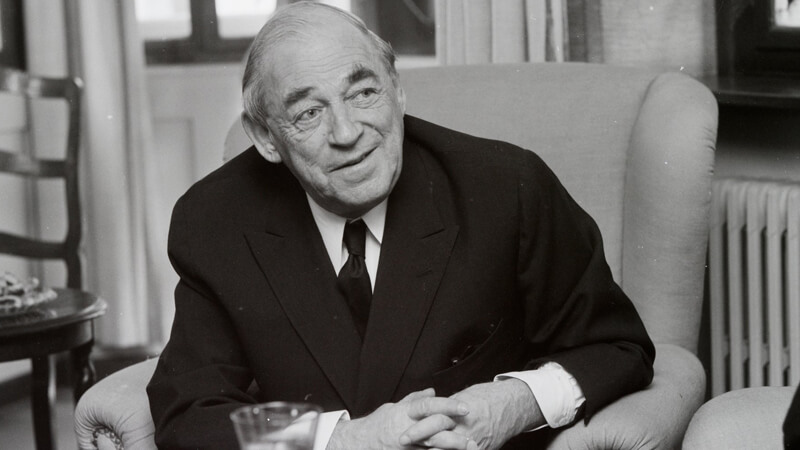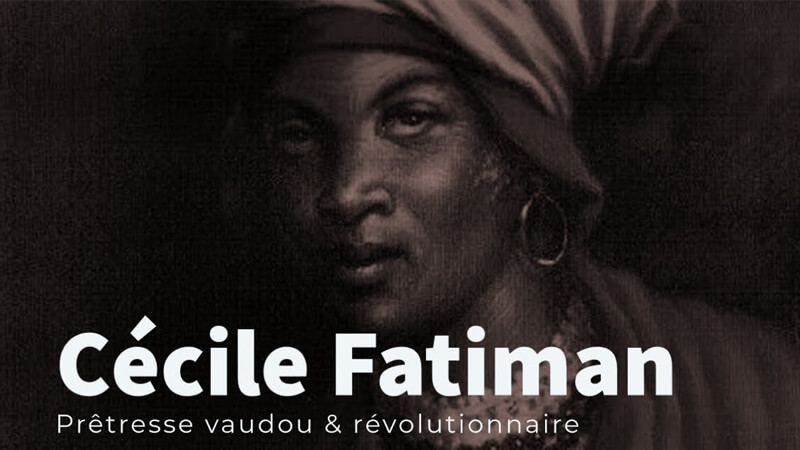Biography of Alvar Aalto: – A great architect, and a legendary artist of Finland, was born on 3 February 1898 in Kuortane, Finland. He completed the education received in Finland with trips abroad.
During the 1920s he was influenced by the great master of functionalism, Le Corbusier, and he himself was a pioneer of this movement in Finland.
He soon gained international recognition, and from 1940 to 1949 he was a professor at the Massachusetts Institute of Technology, Cambridge, USA. In 1955 he entered the Finnish Academy.
Biography of Alvar Aalto
- Born:- 3 February 1898, Kuortane, Finland
- Died:- 11 May 1976, Helsinki, Finland
- Projects:- Helsinki City Centre
- Books:- Alvar Aalto, Synopsis, Alvar Aalto in seven buildings
- Spouse:- Elissa Aalto (m. 1952–1976), Aino Aalto (m. 1925–1949)
Among the first works of Aalto in Finland are Paimio’s sanatorium (1933), the Viborg municipal library (1935) and the Finnish pavilions for the international exhibitions of Paris (1937) and New York (1939).
See Also: Biography of Abd al-Rahman III
In these works, as well as in the famous Villa Mairea of Norrmark (1939), Aalto used a traditional material in Finland, the wood, obtaining remarkable artistic results.
In addition to building buildings, he also carried out municipal and regional projects, such as the residential and industrial complex of Sunila (1936-1939), on the outskirts of Kotka, with its factories and houses, or the Rovaniemi urban project (1945).
Among the last buildings that he constructed in Finland it is necessary to emphasize the city council of Säynätsalo (1952),
There are numerous examples of Aalto’s style in Helsinki, the capital of Finland. The Cultural Center (1955-58), with its auditorium inspired by the eighteenth-century style, the Institute of Technology of Onas (1960-64), the Book Palace (1969) and the auditorium and congress venue of Finland (1970-71).
The Århus museum in Denmark is one of Aalto’s contributions to the neighboring Nordic countries.
Other outstanding works are the MIT student residence (1949) in Cambridge, a skyscraper at Hansaviertel (1957), Berlin, the Wolfsburg Cultural Center (1959-62) in Germany, and the Baghdad Art Museum 1958), in Iraq.
In the architecture of Alvar Aalto the use of basic geometric forms reveals the functionalist rationalism of which he started in his early works and never abandoned.
However, the joint use of sinuous lines tends to break the orthogonality of the architectural box while at the same time accentuating the corporeity of the building, for whose composition there are no fixed formulas.
All this makes their works are impregnated with a personality of their own that distances them from functionalist standardization. For Aalto architecture is a free game of volumes and shapes in movement.
On clear geometrical structures superimposes “soft” surfaces that subtract rigidity to the whole and give it a more human spirit and more in harmony with the forms of nature.
Paimio’s Sanatorium for Tuberculosis (1929-1932) became a model of international hospital architecture for the way it integrates the landscape and the shape of the open terraces, which allow the sun to enter the rooms.
The architectural resolution of the Viipuri Library (1927-1935) summarized Aalto’s concerns. The building is divided into two blocks, one reserved for meeting rooms and conferences, and another for library.
The ceiling of the latter is perforated by fifty-seven circular skylights that allow perfect illumination without the walls being interrupted by windows, while the ceiling of the conference hall is formed by thin wooden slats that adopt wavy forms to solve the Acoustics of the enclosure, at the same time that give a majestic and warm spectacular.
At MIT Senior Dormitory (1947-1948) in Cambridge, Mass., Aalto elegantly breaks the monotony of a continuous block of standardized rooms with the sinuous curvature of the facade facing the campus; on the opposite side, the prism is broken by a staggered overlap and the addition of an exterior staircase.
The constant stylistic searches, together with the accentuated spatial dynamism with which it deforms the large volumes and the use of natural materials, are always conjugated in the architecture of Aalto with the functionalist efficiency and the structural rigor of the glass and the concrete.
Aalto also excelled in furniture design. He created a very light furniture line, built in laminated wood, distributed internationally through Artek’s interior design firm, which he himself founded in 1935 along with his wife Aino Aalto (1894-1949), also a furniture designer.




